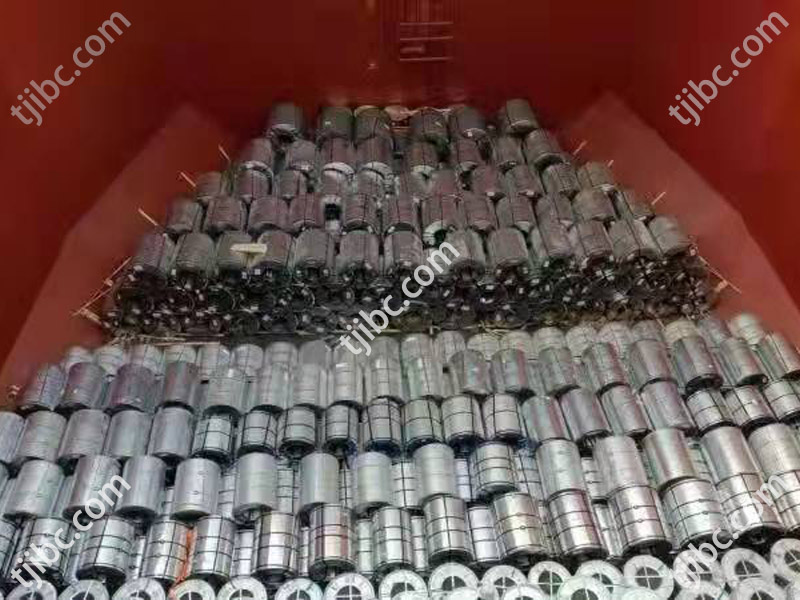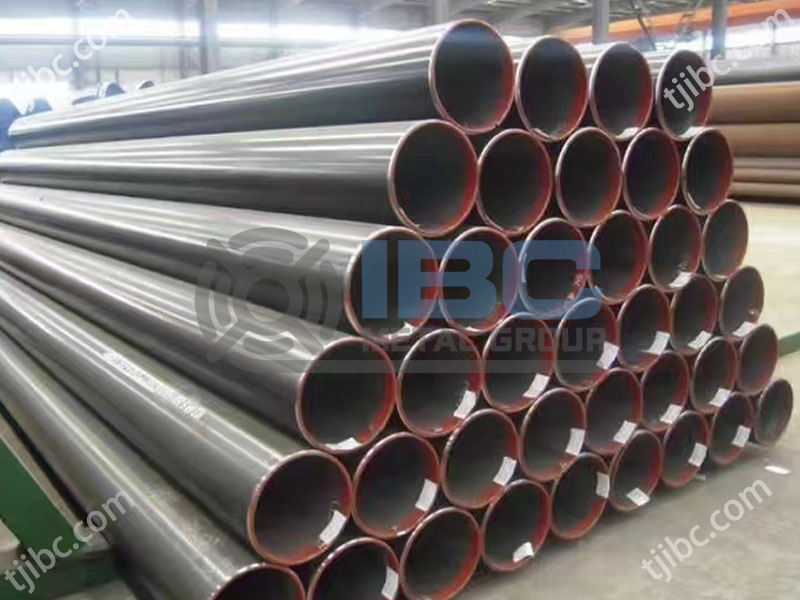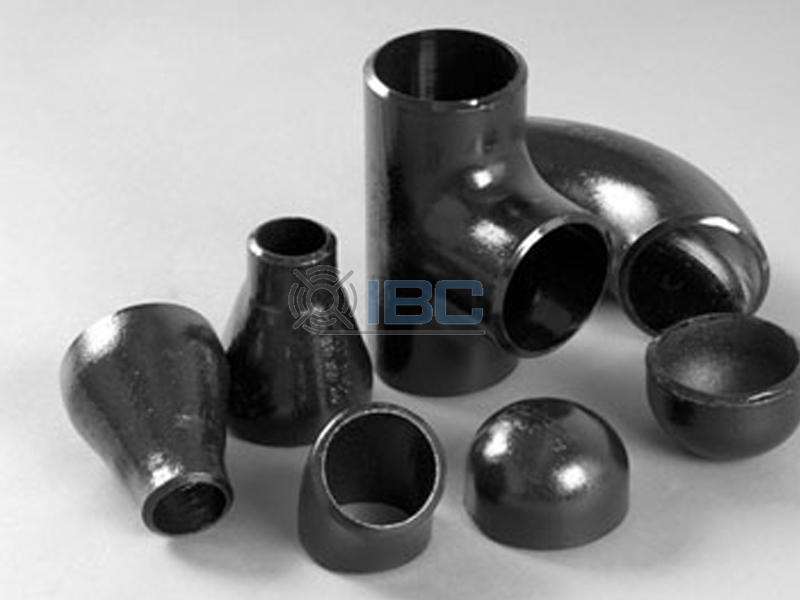316 vs 304 Stainless Steel, which steel has better performance? Let IBC Group tell you the difference between the two types of steel! In fact, the different composition determines the durability of different specifications of stainless steel, so don’t buy the wrong! The above mentioned two kinds of stainless steel use rate is very high. They can be used as the inner liner of a thermos cup, and can be made into a variety of cookware and equipment. And they’re food grade materials that are safe enough for everyday use.
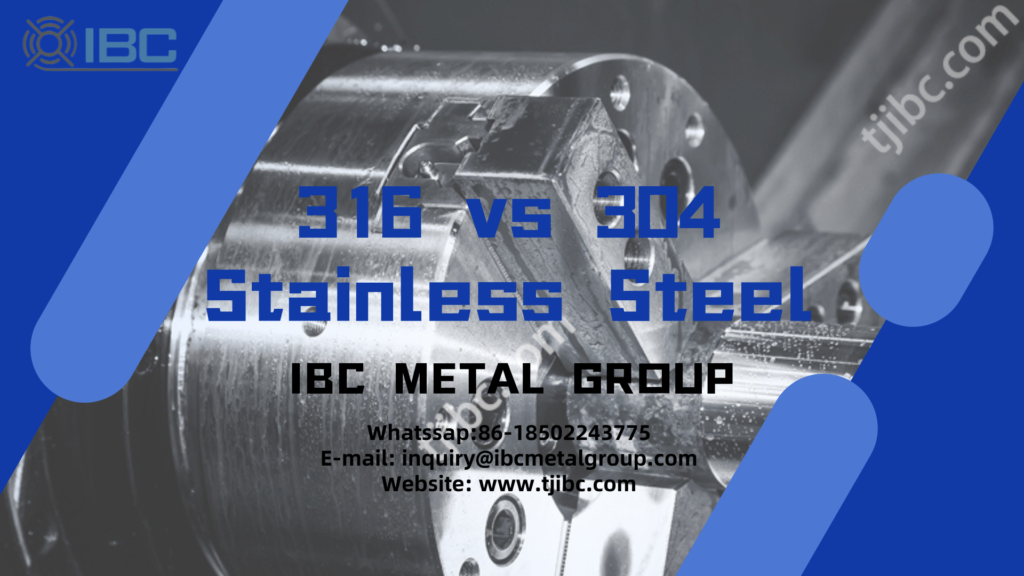
316 vs 304 stainless steel
1.Corrosion resistance is different: 316 stainless steel contains molybdenum element, not only better corrosion resistance, acid and alkali resistance is also very good.
2.Different application fields: although they are all materials, 304 stainless steel is more widely used in cookware, tableware and other fields. And 316 stainless steel has good applications in the field of medical devices due to its corrosion resistance.
(1)304:Kitchen accessories such as sinks and splash guards, pans, utensils, cutlery, cupboards. Kitchen appliances such as refrigerator and dishwasher. Indoor pipes, water heaters, boilers, bathtubs and other household items. Heat exchanger. Commercial food processing equipment, brewery, pharmaceutical production equipment. Manufacture nuts, bolts, screws and nuts. Water pipes, storage tanks, interior electrical enclosures Automotive interiors. Decorative strip.
(2)316:Chemical pipeline. Pharmaceutical equipment. Medical equipment and tools. Stainless steel float. Structural steels and components in Marine environments. Manufacturing equipment for food, chemical and petroleum production and processing. Laboratory bench and equipment construction. Building paneling in coastal areas. Marine hardware pipes.
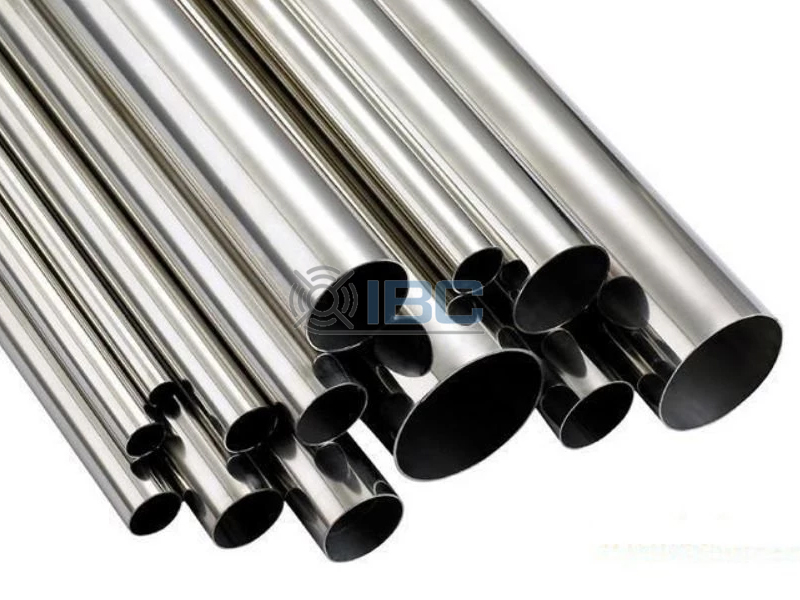
Cost Variance
The cost of stainless steel largely depends on the composition of the alloy. All stainless steel requires at least 10.5% chromium content. They are alloys made with iron. However, there are various other elements that can have an impact on performance and features and ultimately cost.
316 contains at least 2.0% molybdenum. It is more resistant to corrosion than 304 stainless steel. Molybdenum is one of the more expensive elements, and in general, it makes 316 the more expensive metal grade.
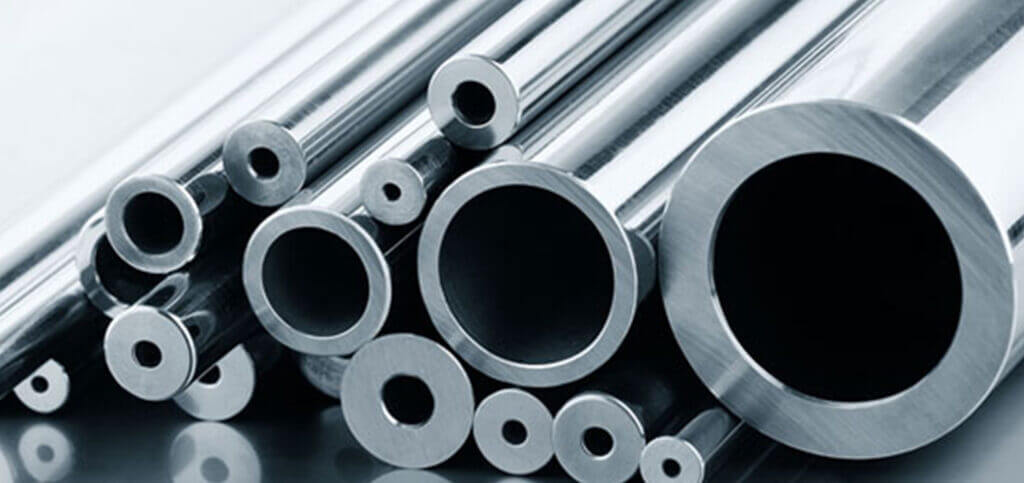
Low-carbon Type
The corrosion resistance of austenitic stainless steel comes from the chromium oxide protective layer formed on the metal surface. If the material is heated to a temperature between 450°C and 900°C. The structure of the material changes, forming chromium carbide along the edge of the crystal. As a result, a protective layer of chromium oxide cannot be formed at the edge of the crystal, resulting in decreased corrosion resistance. This type of corrosion is called “intergranular corrosion”.
304 stainless steel and 316 stainless steel have been developed to combat this corrosion. Both 304 stainless steel and 316 stainless steel have lower carbon content. Due to the reduced carbon content, no chromium carbide is produced and no intergranular corrosion occurs.
It is important to note that a higher intergranular corrosion sensitivity does not mean that non-low-carbon materials are more susceptible to corrosion. This sensitivity is also higher in highly chlorinated environments.
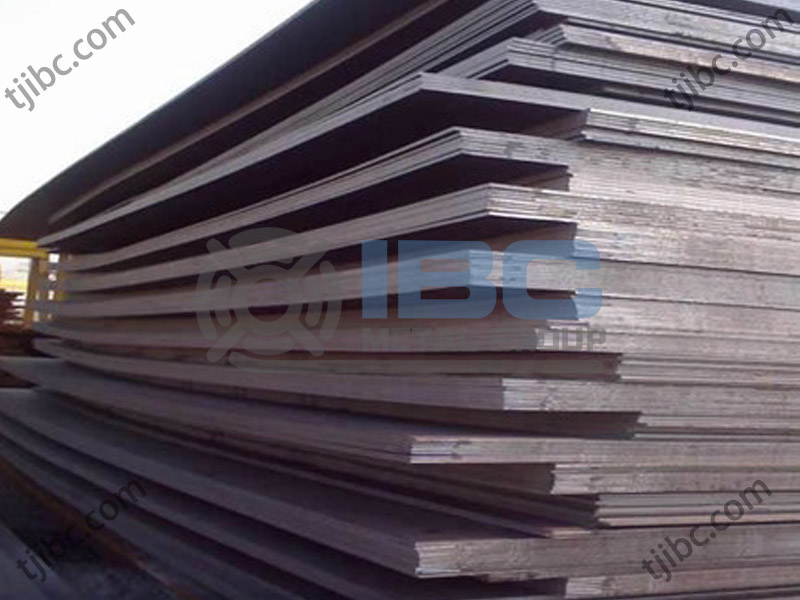
Contact with us today!

